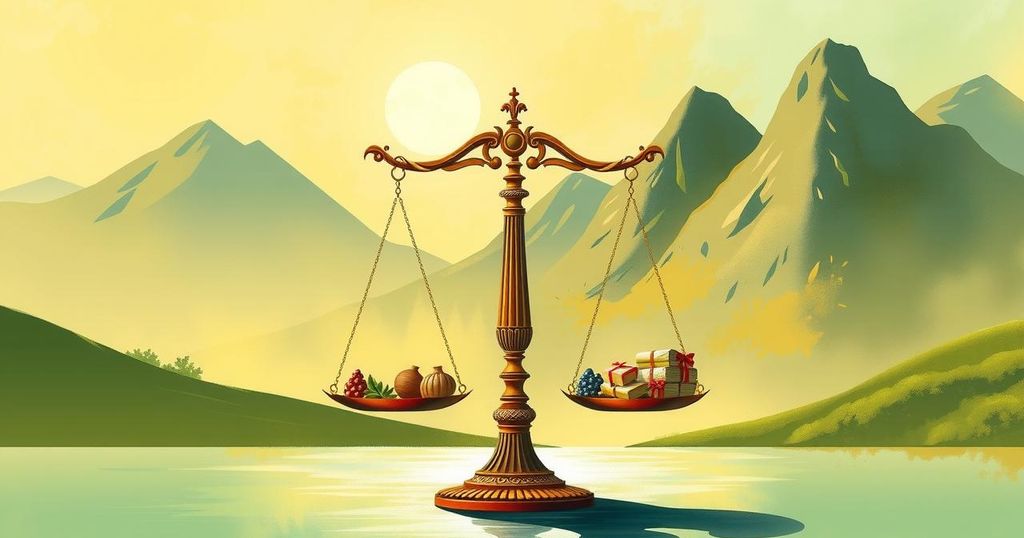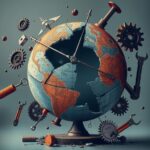India-China Relations and Domestic Developments: A Brief Overview
This article highlights the improving relationship between India and China amidst U.S. tariff threats, explores challenges facing student visas, and shares inspiring stories, like that of para-athlete Payal Nag. It also discusses Dravidian politics, ongoing infrastructure issues in Meghalaya, and IKEA’s expansion in India, concluding with reflections on sustainable development.
The relationship between India and China has shown signs of improvement in recent months, particularly influenced by external pressures stemming from tensions between the United States and China. Following the clashes in Galwan in 2020, industry experts advocate for strategies to enhance economic ties, such as easing visa restrictions, lifting trade barriers, and potentially allowing greater Chinese investment in India.
Furthermore, a looming tariff conflict involving the U.S. threatens Indian goods starting April 2, which could push India and China to collaborate to better negotiate their positions. As China increases import duties on American agricultural products, India may find itself as an alternative export market for the U.S., especially for soybean, corn, and cotton, impacting India’s agricultural economy significantly.
In Dravidian politics, Minister Palanivel Thiaga Rajan articulated the reasons behind protests against the proposed three-language formula during an Idea Exchange session, also highlighting concerns regarding the impact of the upcoming delimitation exercise and how it could affect the economic disparity between the North and South of India.
The American dream for many may face challenges, as student visa denials in the United States reached a decade-high, with 41% of F-1 visa applications rejected last fiscal year. Nonetheless, stories of resilience continue to emerge, such as that of para-athlete Payal Nag, who, despite losing all her limbs at a young age, showcases immense strength and determination, inspired by fellow athlete Sheetal Devi.
On another note, there have been calls for India to harmonize its developmental goals with environmentally sustainable practices, indicating that achieving Viksit Bharat along with green growth presents challenges that are not insurmountable.
In infrastructure news, Meghalaya’s lack of railway connectivity remains a significant problem, particularly for its capital Shillong. The Indian Railways may delay previously planned projects in the region, complicating accessibility for the foreseeable future.
In Karnataka, the Congress party is navigating a difficult situation with attempts to compromise its ministers through honey-trap strategies, amidst ongoing power tensions between Chief Minister Siddaramaiah and Deputy Chief Minister D K Shivakumar.
Finally, the Swedish furniture giant IKEA is poised to expand in India by diversifying its store formats and introducing culturally relevant furniture designs, as discussed by country commercial manager Adosh Sharma.
Listeners are encouraged to tune into the latest episode of the ‘3 Things’ podcast, which delves into various current events, including legal matters involving X in India and other significant stories.
In summary, the evolving dynamics between India and China are influenced by U.S. tariff threats, prompting potential collaboration to optimize trade relations. As local political matters and visa challenges unfold, stories of resilience inspire many. Meanwhile, infrastructural issues persist, and IKEA’s plans signal positive economic developments in India. The complexities of balancing development ambitions and environmental responsibilities highlight the multifaceted nature of India’s future trajectory, both domestically and internationally.
Original Source: indianexpress.com








Post Comment